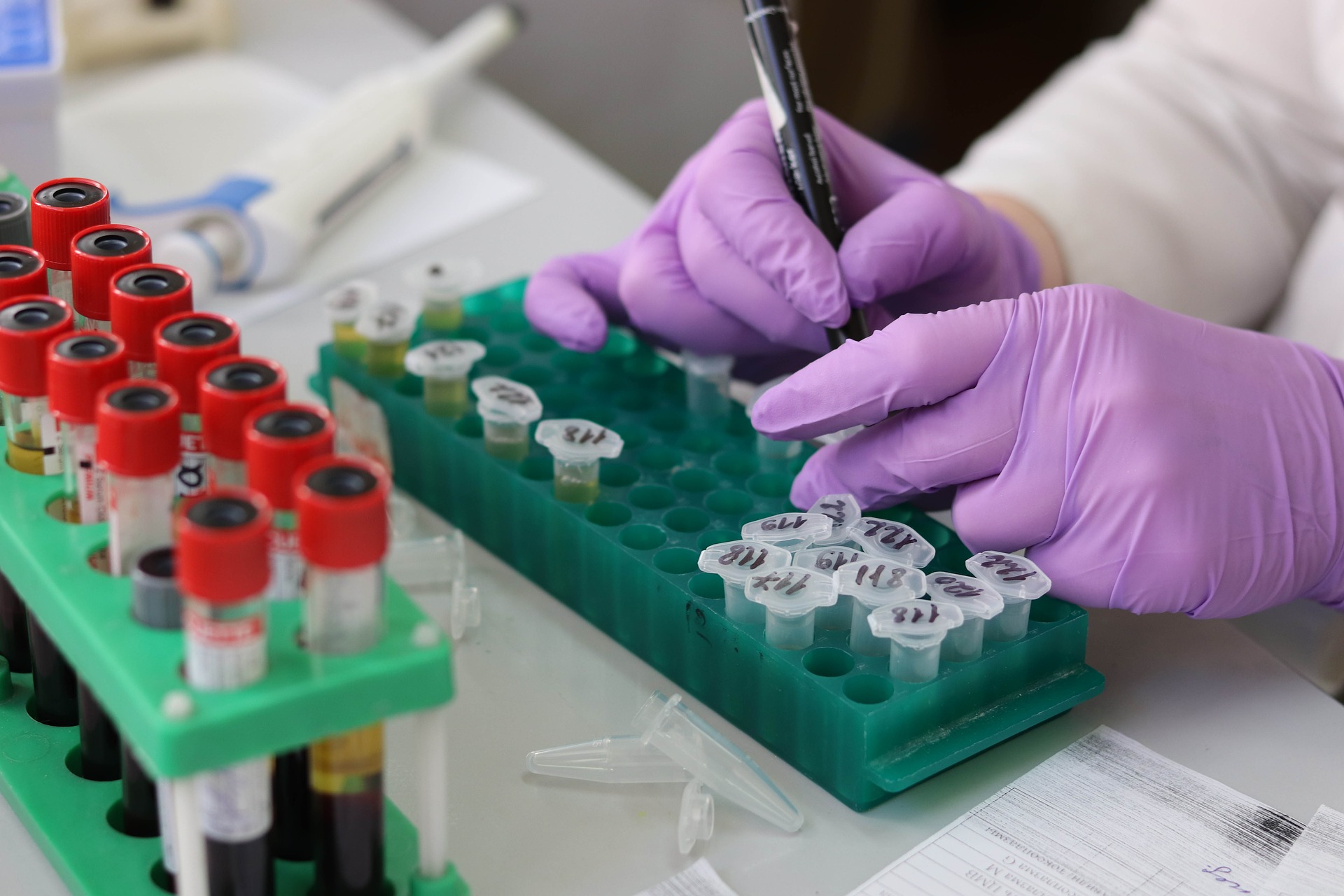In the year 2018, more than 1.7 million new cases of cancer were diagnosed, and over 600,000 people died from the disease in the United States alone. Cancer causes death in different ways depending on its type and location; although generally, the mechanism involves a group of cells growing uncontrollably and damaging the healthy surrounding tissue. As this group of cells grows over time, the chances of it spreading to and infiltrating other healthy organs increase. Thus, the earlier cancer can be detected, the easier it can be to treat.
Cancer is usually diagnosed through a complete evaluation of the patient. This includes a medical history, physical examination, diagnostic imaging, genetic tests, tumor biopsies, and lab tests. These exams are performed if the patient has symptoms or preliminary screening test results that suggest cancer. Until recently, only breast, cervical, colorectal, and lung cancer could be detected by using separate and distinct screening exams. However, a new blood test called cancerSEEK has been developed that is able to screen for eight different types of cancers simultaneously.
The cancerSEEK screening only requires the patient’s blood sample.
Image Source: AzmanL
The cancerSEEK test screens for ovarian, liver, stomach, pancreatic, esophageal, colorectal, lung, and breast cancers by evaluating proteins and cell-free DNA mutations in the patient’s blood. Although most DNA is contained within cells, there is some that circulates freely in the blood outside of cells. This free-floating DNA can sometimes be from cancerous tissue. DNA from cancers can be identified and distinguished from healthy DNA by screening for common cancerous mutations that scientists have previously identified. In addition to this, specific tumors have certain known proteins that our normal cells don’t. The cancerSEEK blood test works by looking for these genetic mutations as well as protein biomarkers for the above mentioned eight cancers.
Certain cancers have known genetic mutations, which we can screen for to detect the presence of that cancer.
Image Source: Cdascher
In clinical trials, the accuracy of cancerSEEK was tested by screening approximately 1000 patients who had previously been diagnosed with one of the eight mentioned cancers. The blood test correctly identified the presence of cancer in an average of 70% of these patients. This sensitivity— the ability to accurately detect a patient with cancer—ranged from 98% correct for ovarian cancer to 33% correct for breast cancer. In addition to identifying the presence of cancer, the cancerSEEK test was also able to correctly localize the cancer in a median of 83% of the patients.
Aside from this group of patients with known cancers, a second group that was cancer free was screened to test cancerSEEK’s ability to avoid false positive results. A false positive result occurs when the patient is cancer free, but the test inaccurately determines that they have cancer. In this group of cancer-free study participants (812 individuals), only seven subjects’ results came back positive, making the specificity of cancerSEEK greater than 99%.
CancerSEEK is currently not available to the general public, but larger studies of it are currently underway.
Featured Image Source: Belova59










